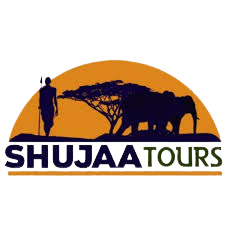Mount Kilimanjaro Hiking Insurance
INSURANCE FOR KILIMANJARO
Are you covered for your trek?
Unforeseen circumstances can always come up on any trip. In addition to your insurance covering for your flight, baggage delays, etc. as you would for any vacation, we highly recommend all guests to have high altitude trekking insurance or climbing insurance however this may be the common definition by your insurers for a trek on Kilimanjaro.
There is currently no test in the world to predict how you will react to a high altitude and even the most experienced trekkers can experience altitude sickness on Africa’s highest mountain and even descend unexpectedly.
A few key points to consider when purchasing insurance
- This should cover at least 5,895m/19,340ft (most policies will usually state up to 6,000m/19,685ft)
- Your policy should be on a ‘non-reimbursement’ basis, i.e. the insurer will pay for hospital bills etc. immediately (while you are in Tanzania) as opposed to claiming back when you get home.
- Your policy should cover the activity of trekking to a high altitude, mountain rescue services, helicopter call out etc.
- It is always best to purchase this insurance from your local insurer as you can handle this much easier in the event of a claim.
- Supporting documents are required in the event of a claim (e.g. receipts, booking summary, etc.).
- How much is the excess / deductible in the event of a claim.
- Submitted your insurance details to our tour consultant for our records
Most of our trekkers will never use insurance, however if you do not have an insurance the costs associated with the rescue and medical emergecy care can be in the thousands of dollars.
Your primary evacuation options
The following are the primary evacuation methods available for your trek, in descending order for how our guides would consider during an emergency or evacuation with medical reasons.
- If safe to do so and you are physically able, you will walk down with a guide
- If safe to do so and you cannot physically walk, you will be carried by a stretcher to the nearest rescue vehicle point.
- Note: as of January 2021, no dedicated helicopter evacuation service is available on Kilimanjaro and this is no longer a primary evacuation method.
The best way to recover from high altitude symptoms is descending to a lower altitude where the oxygen is rich, and your body can recover better. Our primary goal is always for you to descend by walking down yourself for the safest and best experience.
Note
- Stretchers are provided by the national park and only available from specific ranger posts at campsites, subject to availability.
- Rescue vehicles are provided by the national park and are subject to their availability.
- Stretchers and rescue vehicles are covered by the compulsory rescue fees already included in all climb packages and no insurance is required for these services.
- A dedicated helicopter service is no longer available on Kilimanjaro. Our guides are trained (and experienced) with dealing with various high-altitude emergencies and we do not rely on helicopter services as they may not be available at any time, for any reason.
